Uncategorized
-
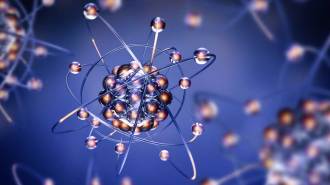 Physics
PhysicsPhysicists may be a step closer to solving the mystery of proton size
Multiple measurements now agree that the proton is smaller than previously thought.
-
 Humans
HumansCulture helps shape when babies learn to walk
The culture in which a baby is raised can accelerate or slow down the development of early motor skills. Does it matter?
By Sujata Gupta -
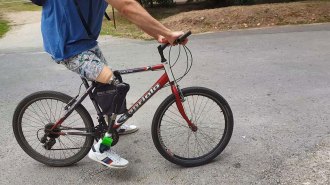 Tech
TechA new prosthetic leg that senses touch reduces phantom pain
A prosthetic leg that can sense foot pressure and knee angle helped two men walk faster and reduced phantom leg pain.
-
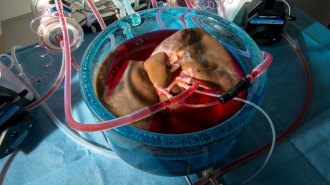 Humans
HumansSupercooling tripled the shelf life of donor livers
Cooling organs to subzero temperatures could help them last longer, making lifesaving transplants available to more people.
-
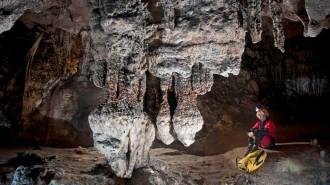 Earth
EarthAncient crystal growths in caves reveal seas rose 16 meters in a warmer world
The Pliocene era cave formations on the Spanish coast of Mallorca offer hints about how oceans could respond to human-driven climate change.
-

Readers ask about aging perceptions, coral reefs and more
Readers had questions about aging perceptions, coral reefs, praying mantis vision and more.
-

Take a look at us now!
Editor in Chief Nancy Shute discusses the magazine's history with the internet.
By Nancy Shute -
 Humans
HumansVaping is suspected in a fifth death and hundreds of injuries
U.S. health officials can’t yet point to a substance or device that’s behind a rising number of severe lung injuries and deaths tied to e-cigarettes.
-
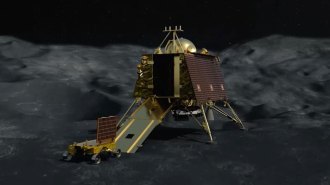 Space
SpaceIndia lost contact with its first lunar lander just before touchdown
Chandrayaan 2 mission officials are trying to figure out why its rover-carrying lander went silent moments before it was to reach the moon’s surface.
-
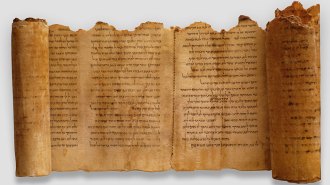 Humans
HumansThe longest Dead Sea Scroll sports a salt finish that the others lack
A newly discovered salty lamination on the Temple Scroll could help explain why the ancient manuscript’s parchment is remarkably bright.
-
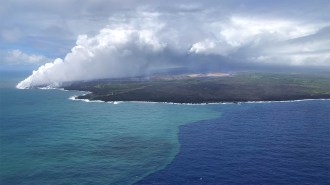 Earth
EarthHow Kilauea’s lava fed a massive phytoplankton bloom
Kilauea’s heavy flow of lava into the ocean in 2018 added both food and heat to fuel a sudden bloom of ocean algae.
-
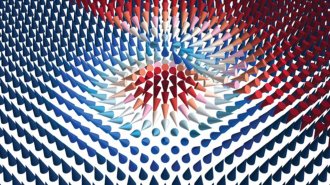 Physics
PhysicsA new magnetic swirl, or skyrmion, could upgrade data storage
Magnetic whorls in a new type of material could be easier to control than their predecessors.